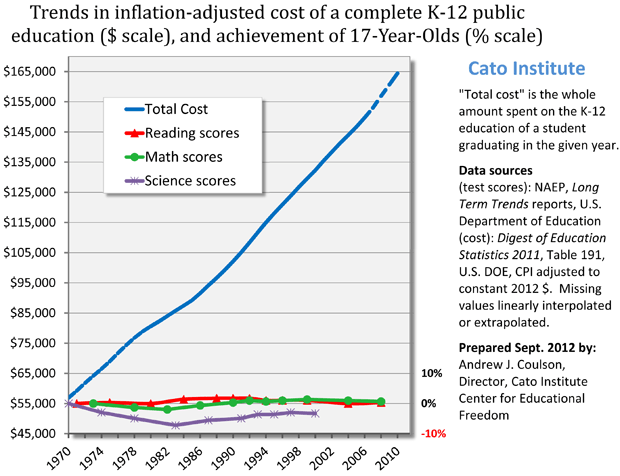There’s an interesting piece in The Wall Street Journal that looks at the economic theory that suggests that a nation’s devaluing currency, by making its exports cheaper, would spur domestic production and so economic growth. As the article says, Great Britain is offering a real-time experiment that tests that theory.
In that experiment, the pound has lost value in the exchange markets to a significant degree, but exports—and the British economy—have not expanded as much as was expected by some under the theory. This “failure” of the theory is being blamed on globalization. For example,
Chemicals made at Chemoxy International Ltd’s factory in Middlesbrough are worth about 20% more in the export market after last June’s fall in sterling, given the beefed-up value of the currencies used to buy those goods overseas. Higher costs for imported materials, however, all but erased that advantage.
And
Car maker Aston Martin, which exports 80% of its vehicles…. Before Brexit, when the pound traded at $1.50, sports cars sold in New York for $150,000 would bring home £100,000. With the pound now at $1.27, such sales bring an extra £18,000. But over half the car’s components must be bought from abroad, blunting the effect.
In fact, though, the theory tying a domestic economy’s prosperity to changes in that nation’s currency exchange rate never looked at exports and imports in isolation from each other; the two, along with the overall domestic economy, have been understood to be tightly intertwined all along. It’s just that the expansion of globalization over the last generation, or so, have increased the influence of exchange rate impacts on imports to a large degree.
The outcome of globalization—so long as free market principles dominate international trade activity—is a long-run loss of the ability to manipulate exchange rates for nationalistic purposes. Short-term effects can remain powerful, though, and such manipulations cannot be ignored to good effect.

